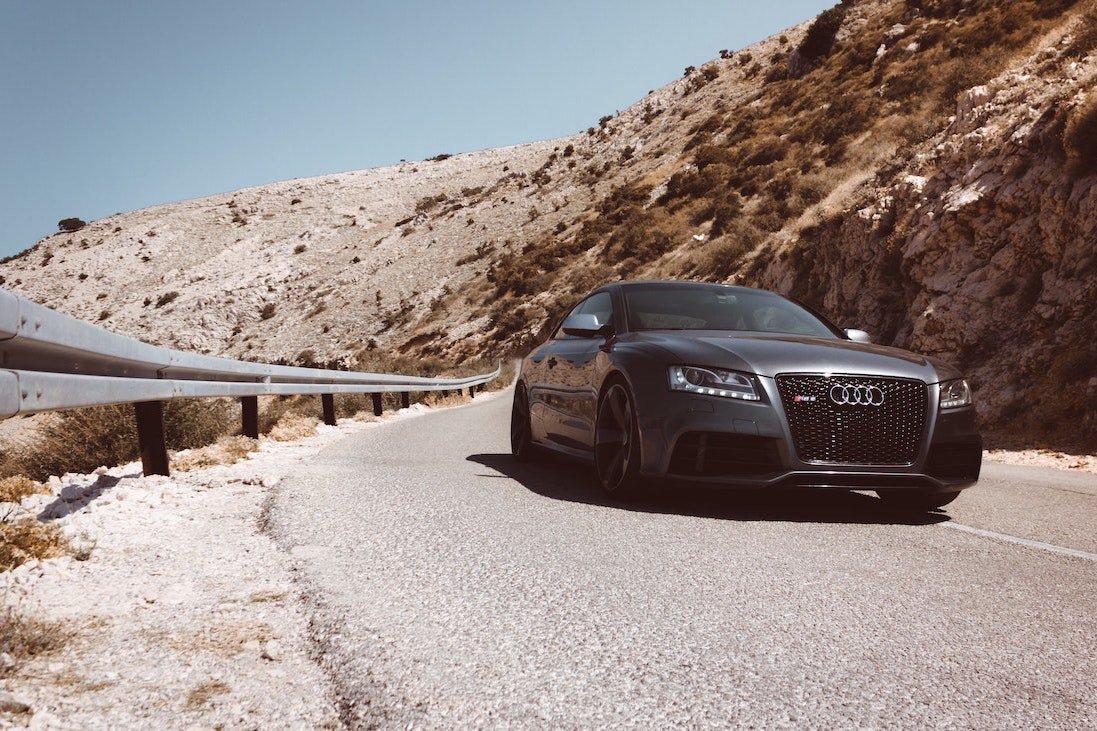Cars, scooters and quads are popular rental options in Greece and the Greek islands. You’ll see rental companies lined up as you leave the airport or step off the ferry. Getting around, particularly to those less populous and more remote locations, is only possible by renting a car in Greece. Public transport on the most popular islands consist of buses that run from town to town on a schedule, but it can often be busy and hot. On some smaller islands, schedules might be less frequent.
To maximise your vacation, I would always recommend renting a car in Greece or the Greek islands. This allows you to explore all the hidden beauties and visit the far away beaches and towns. Okay driving on the roads may be a little scary for those not used to the more narrow and windy roads, but if you can get past that, then apart from the convenience it brings, you will also be rewarded with discovering the hidden beauty of Greece
Here are my top tips for renting a car in Greece, and some notes on driving etiquette… if you can call it that 🙂
Book your rental car as early as possible
When planning your holiday, book your rental car as soon as you know the dates and a rough idea of times you are travelling. I say do this literally as early as you can – as the prices tend to be a lot cheaper the earlier you book. This is a great way to save money when visiting the Greek islands. You could face paying twice as much if you leave it even within a couple of months of arriving.
It also helps that pretty much all car rentals online are free cancellation up to 48 hours before arrival, so it never hurts to book and then cancel if your plans change. I use Rentalcars.com or Holidayautos to search for the best prices. The local and smaller car rental companies will almost always be cheaper than the big brands.
Purchase rental car insurance online
I would always recommend taking out insurance, particularly if you’ve not driven on the roads before. Don’t get me wrong, they are perfectly safe (if you drive safely that is) but the key here is peace of mind, as you never know might happen no matter how slow you go. I’ve had more than couple of minor bumps and scratches (always self-inflicted) accidently scraping posts or when getting out of car parks etc.
I’d recommend taking out a car rental excess insurance policy from a third party. I’ve used a Big Blue Cover many times and loads of others exist out there. They are much cheaper than buying insurance through the car rental company.
They will try persuade you to buy insurance over the counter but just politely tell them you don’t need what they’re selling!

Bring a non-Amex credit card
You’ll need a credit card in the name of the driver for them to put a holding deposit on. Not all car hire companies take American Express, so it’s worth checking ahead and/or bringing a non-Amex credit card. Otherwise it will be another chance for them to slap some fees on using your debit card.
Leave a USB cable in the car
To save yourself bringing a portable charger, as long you have your USB cable, the car is a perfect way to charge your cell phone on the go. If you are lucky you may also have a modern stereo which will allow you to play music through your phone. Be warned; Greek radio on the islands is pretty dreadful. Apart from the constant dropping of signal, the music and stations are usually sparse and play mainly traditional old skool bazooka-type stringed instruments!
Remember your driving permit
Kind of goes without saying. Make sure you bring your driving permit as they’ll need to take a copy.
Google maps is your friend!
Don’t try reading a map in the car. Apart from being dangerous if you are solo, it will also likely lead to countless arguments if you are a couple! It’s worth packing a phone holder for the car and taking instruction from the Google lady rather than taking wrong directions from your partner!
When it comes to driving on the Islands, apart from the bigger ones, such as Crete and Rhodes where you’ll find the majority connected with dual/triple lanes, the roads will tend to be single lane carriageways. Expect the roads to be winding and at times steep. This is especially the case if you are wanting to get from one side to the other. If you are able to, and the time difference of taking the scenic route and the fastest route is not massive, then it’s worth taking the scenic route.
Road markings are not always clear so it’s worth crawling through crossroads if you are not sure who has the stop sign and who has the right of way.




